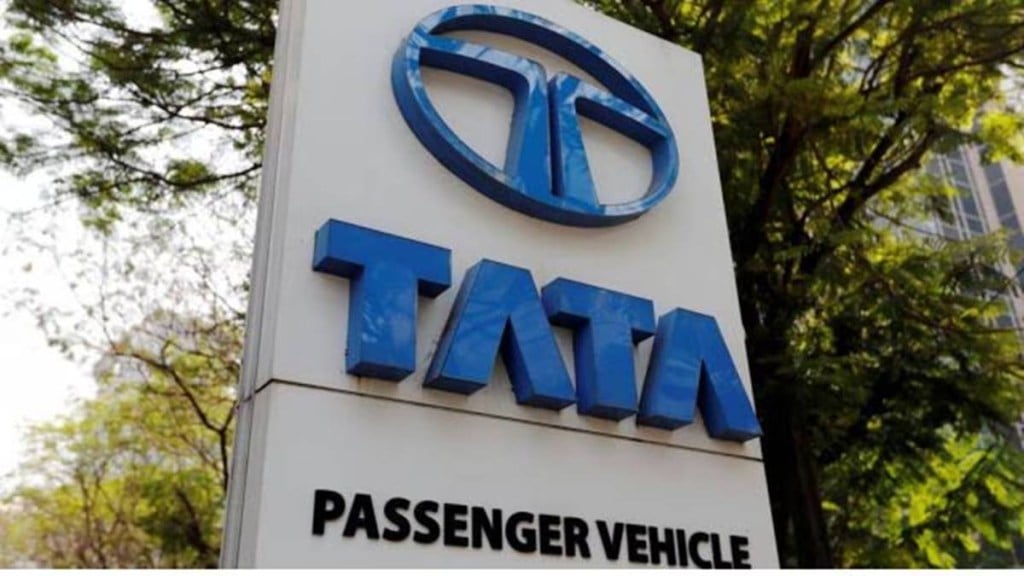The Rs 38,000 crore acquisition of Iveco will help Tata Motors triple revenue and quadruple profitability while leapfrogging years of gestation period required to develop products, technology and consumer markets, top company officials said on Thursday.
The company announced the 100% of Turin-based truck, bus and powertrain manufacturer Iveco Group on Wednesday. This acquisition has pushed Tata Motors to the fourth position from sixth in the list of the world’s largest commercial vehicle (CV) manufacturers, as per LMC data.
PB Balaji, group CFO, Tata Motors statement on CV industry
PB Balaji, group CFO, Tata Motors said, “From an industry perspective, it is a very large move because the CV industry is a consolidated industry and with this move, we are within touching distance of the number 2 and number 3 ranked companies in the greater than 6-tonne truck category.”
Iveco’s revenue is nearly twice that of Tata Motors’ but has a smaller EBIT (earning before interest and tax) margin in comparison. While Tata Motors CV revenues for FY25 stood at Rs 75,000 crore, Iveco’s revenues closed at around Rs 1.4 lakh crore last year. The Italian company’s EBIT margin was 6% while that of Tata Motors’ was 9%.
“Doing this at a 20% ROCE on Day 1 across Latin America, Europe is impossible. The only way to do it is to do it inorganically. If you can get the EPS in the positive within a year’s time of acquisition and pay off debt in four years through fundamentally free cash flows generated, it’s a screaming business case from that perspective,” Balaji added.
Iveco revenue source
Iveco has 32,000 employees globally, with 19 industrial sites and 30 R&D sites. Around 75% of its revenues came from Europe, 12% from South America, 12% from the rest of the world and 1% from North America.
Trucks is the largest contributor to its top-line with about Euro 10 billion and EBIT margin of 5.6%. It has 11% market share in the EU and Latin America with manufacturing locations in Italy, Spain and Brazil.
In buses last year Iveco’s revenue was about Euro 2.6 billion and an EBIT of 5.5%. They were the second biggest bus maker in Europe with manufacturing locations in the Czech Republic and France.
The powertrain business (FPT) had a revenue of Euro 3.5 billion with an EBIT of 6.2% in 2024. They are the fifth largest engine manufacturer globally with facilities in Italy. The company also has Iveco Capital which is essentially for funding the channel and retail funding.
“The product portfolio (of both the companies) is very complementary to each other in terms of pricing range. Iveco has a strong technology-led investment in powertrain, electrification, hydrogen and ADAS (advanced driver assistance systems). This when complimented with Indian frugal engineering capability, design to value capability, it becomes a competitive proposition,” Girish Wagh, executive director, Tata Motors said.
Tata Motors will combine some of the R&D projects by using design-to-value capabilities and reduce complexity. “We can get operational expenditure out of the two companies to deliver, on a conservative basis, around half of a percent free cash flow on FY28 combined revenue,” Wagh said.
Iveco’s vans and buses can come to India while Tata Motors own range can look at Latin America by leveraging Iveco’s network.
Though Tata Motors has not finalised the size of the fund raise it plans to make, it could be close to about Euro 1 billion in the next 18 months. Monetisation of its stake in Tata Capital will also be taken into account.

